How would you describe your company? Is it a startup or a well established brand? What does your company do? How long has it been around?
A successful marketing strategy should always be aligned with your company’s overall goals. This way, you can ensure that your message reaches the target audience effectively. You also want to make sure that your strategy is aligned with your target audience, because it’s that target audience that will help determine exactly how you optimize, what you optimize for, and how you market.
Digital marketing tactics are constantly evolving. The key to success lies in understanding the latest tactics and adapting them to your business model. By working to improve your arsenal of digital marketing tactics, it’s possible to improve your results significantly.
By working with the following digital marketing tactics, and making sure that you nail your target audience down it’s possible to expand your site’s reach, create more sales for your product or service, and get more eyeballs on your content as a result.
10 Best Digital Marketing Tactics That Actually Work
Here are the ten best digital marketing tactics that actually work, and have worked for us many times:
- Re-optimize your existing content to improve CTR and ranking.
- Boost your traffic with editorial calendars.
- Utilize content syndication to increase your content’s reach.
- Curate your content to find unique topic ideas.
- Take on influencers who are willing to spread the good word about your brand.
- Repurpose your content into new formats to maximize effort.
- Republishing your content for different channels vs. “Re-Optimizing your content.
- Employ affiliate marketers to spread the word about your product or service.
- Use social media marketing to amplify your content.
- Revisit your landing pages and optimize them for audience retention.
What is a Digital Marketing Strategy?
A marketing strategy is a plan that helps you reach a specific marketing-related objective. It takes into consideration what you’re already doing well and what you’re missing in terms of achieving the objective you set. This makes you more likely to succeed in accomplishing it.
Also, you want to know how to uncover your potential customers before they ever find you. This requires analytics about certain types of data that comes with experience. It also requires digital marketing strategies that can stand the test of time, and can work on your site in a holistic fashion.
Your digital marketing channels are also important to consider. From YouTube to TikTok, from Facebook to Instagram, each of your digital channels has a unique set of circumstances that you also have to consider. By making sure that you target your digital channels properly, you can also reach potential customers before they may even think about you.
And this is the desirable situation: to really expand your reach through SEO so that your digital marketing strategies continue to remain effective, and that you can continue to expand your potential customers base to even more digital marketing channels.
This is also why it’s important to have a hold on what digital strategy is compared to tactics. Because at the end of the day, you might miss your mark if you don’t understand the difference between digital strategy and tactics.
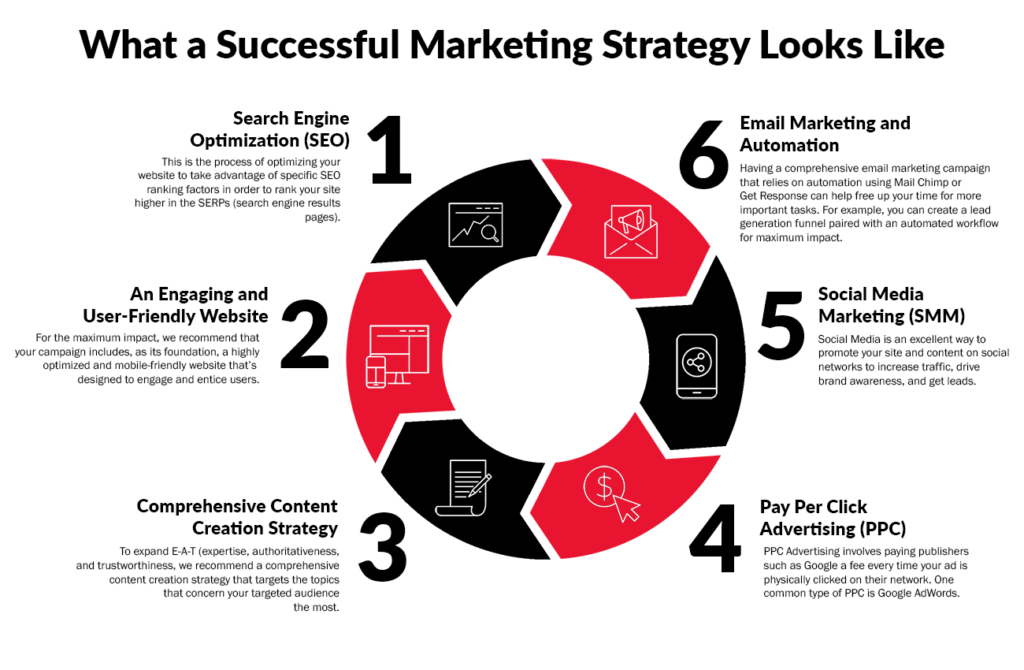
Marketing Strategy vs. Marketing Tactic
The difference between a strategy and tactics is often misunderstood. In fact, the word “strategy” itself can mean different things to different people. Some think it refers to a long-term vision while others equate it with a short-term action plan. But what do you call something that helps you achieve a goal over a period of months or even years? Strategy. And what does a tactic look like? It’s a step-by-step approach to achieving a specific outcome. So, how do you put together a strategy and tactics? Let’s take a closer look.
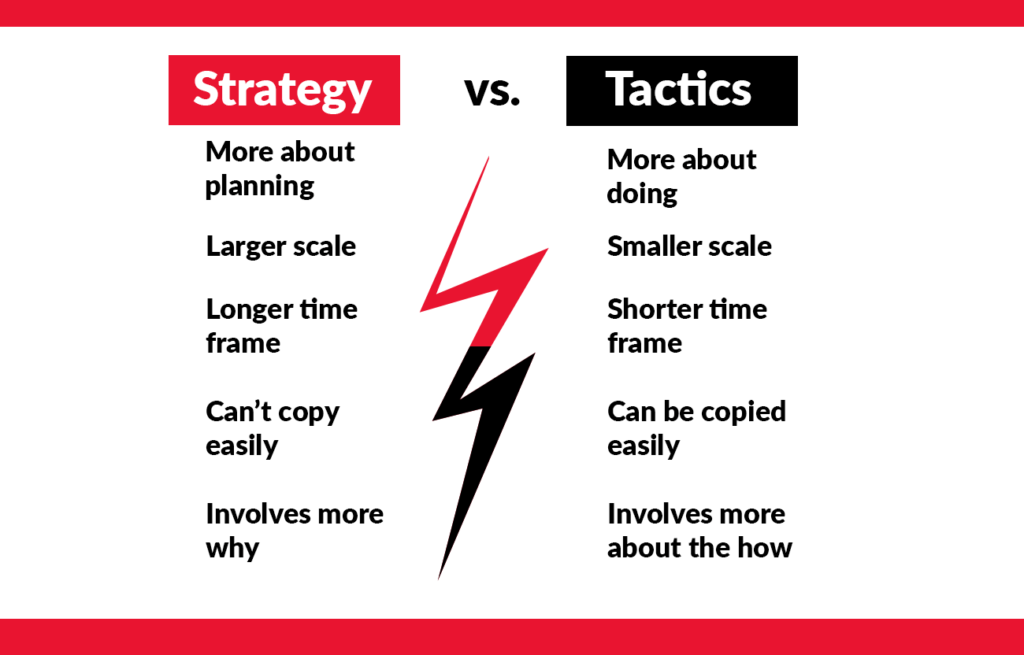
A Diagnosis of Your Challenge
To start off, you must understand where you’re coming from. What challenges exist in your industry? Are you facing competition? Do you want to increase sales? Is your product/service outdated? If you don’t know where you’re starting from, you won’t know where you’re heading. You’ll never know whether you’ve succeeded or failed unless you define your problem clearly.
A Guiding Policy for Dealing With the Challenge
Once you know where you’re starting, you need to establish a guiding policy for dealing with your challenge. This is the overarching principle that guides everything else. For example, if you want to sell more products, you might decide that you need to offer better customer service. Or maybe you’ll focus on increasing brand awareness. Whatever your guiding policy is, make sure it’s clear and concise.
Targeted Actions Necessary to Accomplish the Policy
Finally, once you have established a guiding policy, you need to identify the specific actions needed to implement that policy. These are called tactics. They’re concrete and measurable. They help you measure progress towards your goals.
For example, let’s say your guiding policy is to improve customer service. To accomplish this, you could create an email campaign that sends out surveys to customers who haven’t received their orders within 30 days. The survey asks them about their experience. Then, based on the results, you send follow up emails asking them why they didn’t receive their order.
You can also use social media to engage with potential customers. You can share content that highlights your company culture and values. This way, when someone sees your posts, they feel connected to your brand.
You can also ask your employees to be ambassadors for your company. Have them talk to friends and family about your services. Encourage them to tell everyone they meet about your company.
Now that you have a diagnosis of your challenge, a guiding policy, and targeted actions necessary to accomplish that policy, you’re ready to begin implementing those tactics.
Digital Marketing Tactics That Work
The world of digital marketing is continuing to evolve and is getting better and better. With this evolution, your tactics need to change as well. The following includes some of the best digital marketing tactics you can add to your arsenal, regardless of your SEO position.
Re-Optimize Your Existing Content to Improve CTR and Ranking
We evaluated the positions and engagement for every article, and decided which one needed to be updated. This way, we could find out what keywords were working best.
After analyzing the data, we found out that most of the articles had low engagement and high bounce rates. So we decided to refresh those articles.
Then we used the Keyword Tool and the Content Optimizer to find out which keywords would work best for the articles.
Finally, we optimized the text, images, videos and metadata for each piece of content.
The end result was a significant increase in traffic and conversions.
On a long enough timeline, certain search queries can have significantly different results depending on user behavior. This can cause either a dramatic increase (or decrease) in traffic. For example, if we examine the Google trends data for the query “cell phone,” we can see that it has lost a significant amount of traffic over time. This can be remedied by tweaking or rewriting your post entirely, depending on the shift in user behavior.
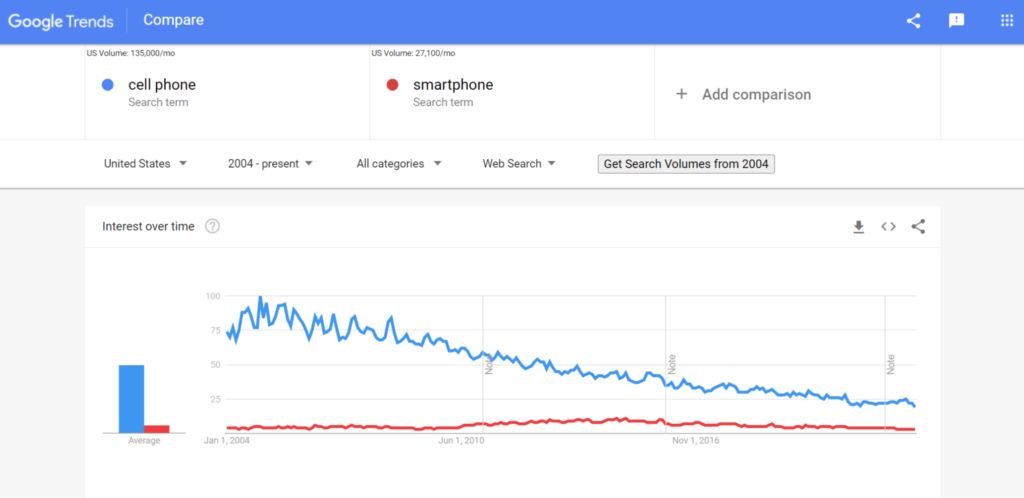
Boost Your Traffic With Editorial Calendars
The best way to increase your site’s visibility is by publishing high quality content regularly. This is why it is important to schedule your posts ahead of time. If you do not have a regular posting schedule, you risk losing out on potential leads and customers.
If you want to boost your site’s performance, you need to make sure that you publish new content frequently. By doing so, you ensure that your audience stays engaged and interested in what you have to say.
A good strategy for boosting traffic while keeping readers engaged is to include multiple topics within each post. For example, you could write about a topic related to your niche, followed by another article covering a different aspect of your industry.
You can also use this technique to generate additional revenue. When you promote affiliate products, you can link to a product review or a case study. These types of articles are usually longer than others, so you can charge more per word.
Another great idea is to write guest posts. Guest blogging is a great way to build up your reputation and attract visitors to your site. However, you need to make certain that you provide value to your readers.
To help you achieve this goal, you should consider scheduling your posts ahead of time, to avoid rushing around during busy times.
This is one example of an editorial calendar over on Hubspot:
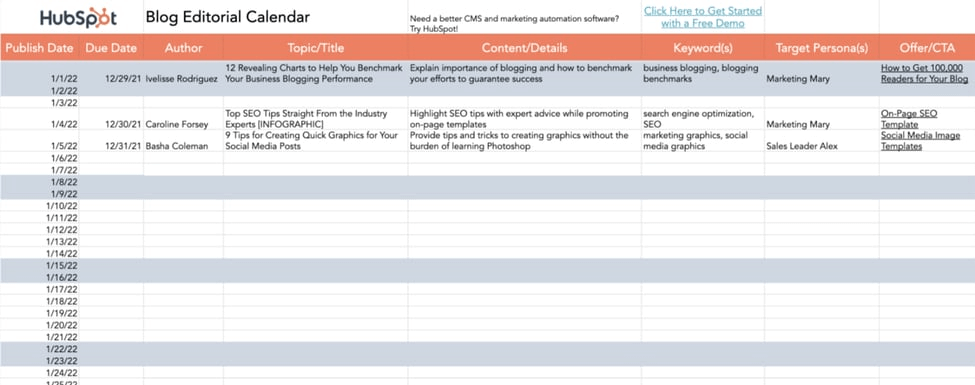
Utilize Content Syndication to Increase Your Content’s Reach
Content syndication is a tactic where you publish your content on external sites owned by third parties. For this tactic to work, you have to find authoritative publications.
For example, if you own an eCommerce store, you might choose to share your blog posts with other blogs that cover similar topics.
This will allow you to reach a wider audience and potentially drive more traffic to your website.
In addition to sharing your content with other websites, you can also create your own syndicated content. This means that you will create original content that you then share on other sites.
In order to get started with content syndication, you first need to identify relevant websites. You can do this by using Google search queries such as “best sites”.
Once you have identified these sites, you can start promoting them through social media channels like Facebook and Twitter.
By following these steps, you can easily boost your site’s traffic.
Business2community.com has some advice about dos and don’ts when it comes to content syndication:
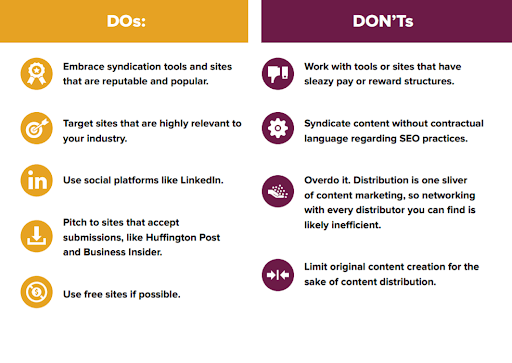
The idea of syndication is to provide rights to other publishers to republish your work. Sharing to social media is not the same as syndication, however. Sharing on social media is just re-sharing your content. The syndication part means that you are sharing your content on multiple sites with a major presence in your niche, and the syndicated article is often unchanged from your original article. This is where the republishing rights come into play.
The goal here is to ensure that your audience sees your content across multiple platforms. If you want to see how much traffic you can generate from one piece of content, try publishing it first on your own channels, then syndicate it to others.
Hubspot.com shares some strategies for effective (and free) content syndication:
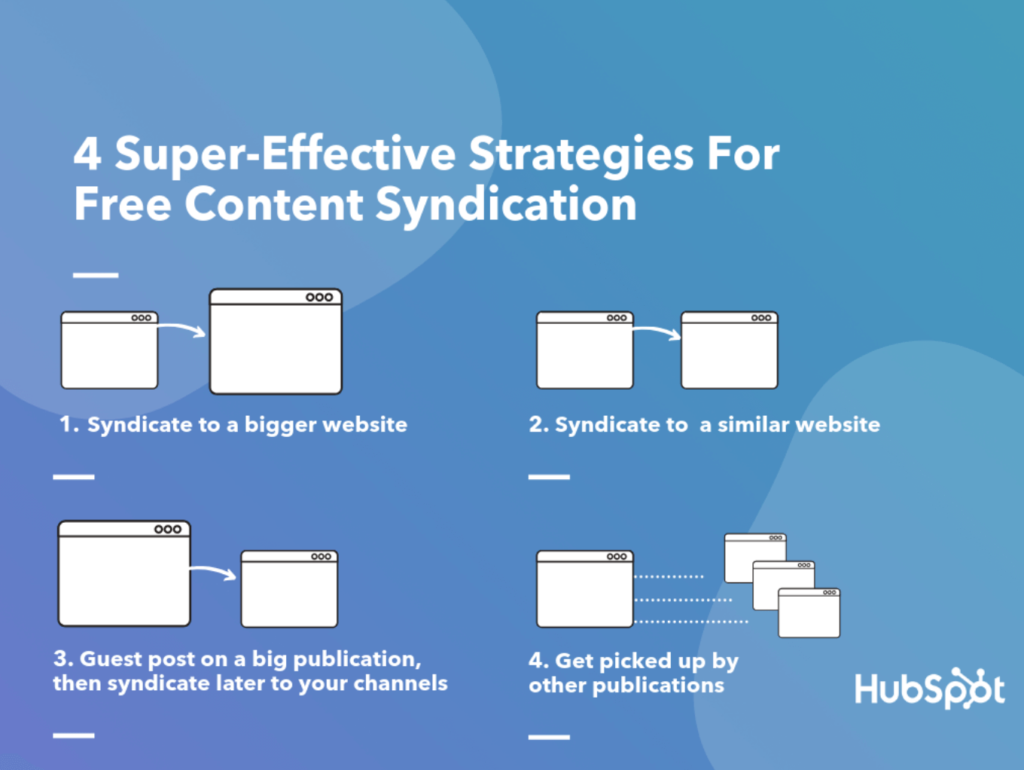
Curate Your Content to Find Unique Topic Ideas
In today’s world, it seems like everyone wants to be a publisher. But what does that really mean? And how do we know whether our efforts are actually helping people find information online?
The answer lies in content curation. This process involves gathering content from multiple sources — both owned and unowned — and presenting it in one place. You might use social media platforms such as Facebook, LinkedIn, Instagram, Pinterest, Twitter, YouTube, etc., to collect content. Or you could use tools like BuzzSumo, Semrush, and Ahrefs to discover the best content out there. Then you can either take ownership of the content yourself, or simply pass along the curated content to others.
For example, let’s say you want to write about the latest trends in digital marketing. You can go directly to the source and research the topic yourself, or you can find some great articles written by experts in the field and share those. Either way, you’re providing value to your readers and potential clients.
ContentMarketingInstitute.com explains the following successful content curation process:
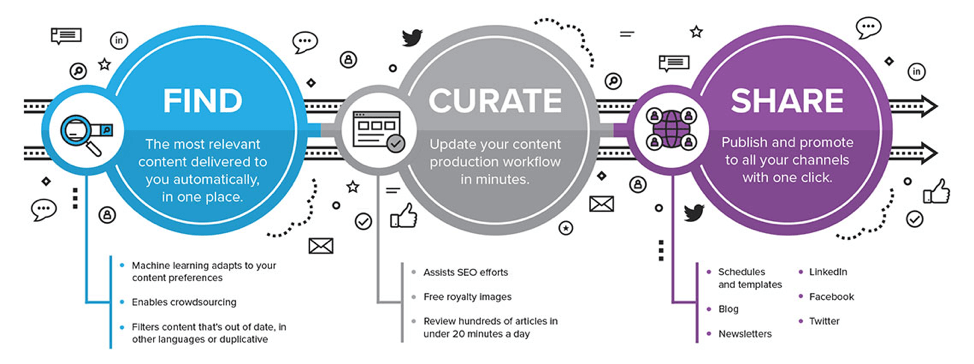
Take on Influencers Who Are Willing to Spread the Good Word About Your Brand
Influencer marketing is one of the most powerful ways to engage customers today. A study by Qualtrics revealed that nearly half of social media users base their buying decisions on recommendations from friends and family. And according to Qualtrics, over 90 percent of consumers trust peer reviews and word-of-mouth information about products and services. Also, they say that 93 percent of consumers have said that online reviews have a major influence on their decision to purchase.
Influencer marketing is another channel that allows businesses to leverage the power of word-of-mouth advertising. This type of marketing involves partnering with people known within a certain niche – such as bloggers, YouTubers, Instagrammers, etc. – to promote products or services to their audience.
Brands can leverage the power of influencer marketing by partnering with people in relevant industries and sharing authentic, branded experiences. These influencers are often thought leaders in their fields, and their loyal audience trusts what they say. By reaching out to influencers, brands can connect with their followers and prospects, and generate buzz around their products and services.
Brands can pay influencers to host product demos, review items, or even just post photos and videos about brands. By enlisting the help of influential individuals, companies can increase awareness of their brand while simultaneously providing helpful tips or advice about their products.
The best part? People trust what they hear from someone they know and respect, so there’s no need to worry about whether a company’s claims are truthful. As long as you choose your partners carefully, influencer marketing can work well for both parties involved.
Repurpose Your Content Into New Formats To Maximize Effort
If you’re looking to make the most out of your content creation efforts, there are some things you can do to help you get the most bang for your buck. One way to do this is by turning your existing content into something else entirely. This could mean taking your webinars and turning them into videos, or turning your blog posts into ebooks. There are many ways to go about doing this, but one thing to keep in mind is that you want to avoid creating duplicate content. If you’re already posting content online, why not use what you’ve already written to create another form of content?
This will allow you to maximize the amount of effort you put into each piece of content you produce. It’s also important to remember that when it comes to repurposing content, quality matters more than quantity. So if you have an ebook that has been downloaded thousands of times, chances are it won’t be very effective at converting traffic into leads. However, if you have a short video that only gets viewed once, then it might actually be worth repurposing.
This is especially true if you’re trying to target a specific demographic. For example, if you’re selling weight loss supplements, you may find that a lot of people who buy your product aren’t interested in reading a lengthy ebook. Instead, they’d rather watch a quick video that explains how the supplement works.
In addition to making sure your new content isn’t duplicating what you already have on the internet, it’s also important to think about what kind of content would be most valuable to your readers. What types of articles or videos would they be most likely to share with others? How can you take what you already have and turn it into something new?
Figure out how you can take your existing content and repurpose it into things like: blog posts, website articles, newsletters, facebook, twitter, and more. This handy chart should help you:
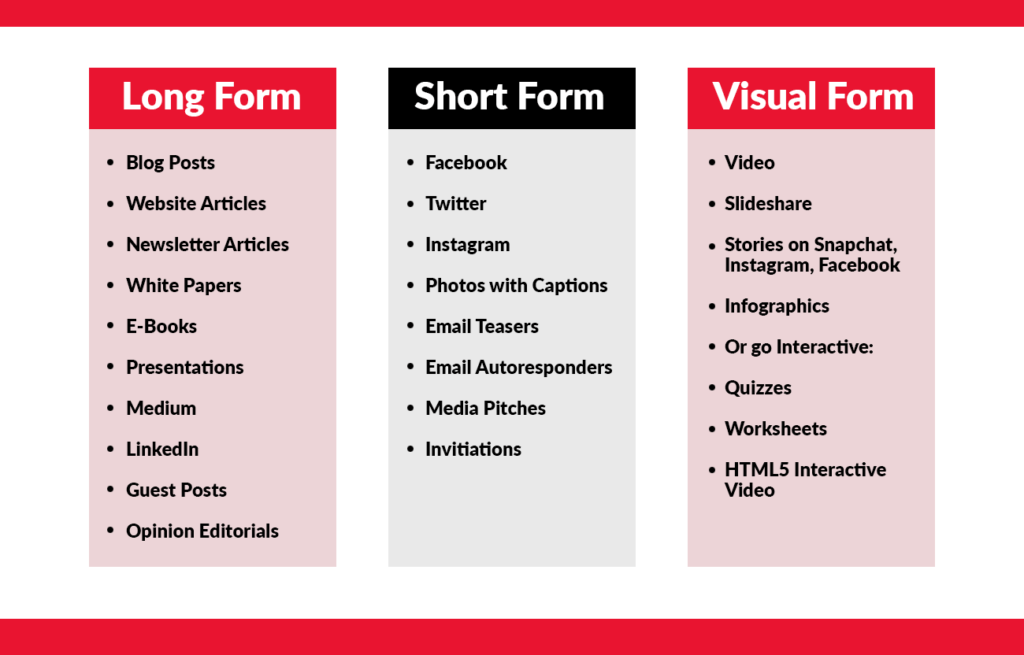
Republish vs. “Re-Optimize”: What Is the Difference?
When you publish the same piece or content type in multiple places, often after optimizing it for increased visibility, you are doing what we call “republishing.” Republishing is a great way to spread awareness about your brand, product, or service, but it doesn’t always work out well for your rankings.
In fact, there is evidence showing that publishing the same content in different places decreases your chances of getting better rankings. This is because Google considers each place where you published the same content as a separate URL. So, even though you might have optimized one version of the content to rank higher, Google won’t consider those optimizations when calculating your overall site performance.
The good news is that you don’t have to stop publishing the same content across channels. You just need to make sure you optimize it differently for each channel.
For example, let’s say you want to promote your blog posts. If you write a blog post, you could simply copy and paste the text into a social media message and make some alterations to the message so it’s suitable for social media consumption. Or, you could take some extra steps to ensure the best possible results. For example, you could add images to the message, use relevant hashtags, and include links to your original blog post.
If you do decide to republish the same content in different channels, here are a few things to keep in mind:
- Optimize the content for each channel separately.
- Make sure the content is unique.
- Use the right keywords.
- Use the right format for each channel, whether it’s TikTok, YouTube, Facebook, or Pinterest. Different platforms will require different formats, so it’s important to be mindful of the format of your content, so you can make sure it gets shared widely and correctly.
- Make sure your content is targeted to the right audience.
- Make sure that you include any platform-specific changes to that content for marketing purposes (this is different than tweaking the format).
By re-publishing your content, you could breathe new life into it compared to how it would exist otherwise.
Employ Affiliate Marketers to Spread the Word About Your Product or Service
Affiliate marketing is where a third party earns commissions by referring others to purchase a particular product or service. The affiliate marketer does not manufacture the product; rather, he/she promotes it. In return, the affiliate receives a percentage of each sale generated by his/her referrals.
The affiliate marketer must find merchants willing to pay him/her for every referral. Some affiliates are paid per sale, while others receive a flat fee regardless of how many sales occur.
There are several types of affiliate programs, including cost-per-sale, revenue sharing, pay per lead, and pay per registration. Cost-per-sale programs pay affiliates a set amount for each sale they generate. Revenue sharing programs give affiliates a portion of the merchant’s profits. Pay per lead programs pay affiliates for each customer they send to the merchant. Pay per registration programs pay affiliates a fixed amount for each customer they refer.
For example, if you were an SEO company selling an application on a SAAS (software as a service) model, you would want to find external third party affiliate marketers who would be interested in pursuing your affiliate marketing product. To do so, you could (hypothetically) offer them a percentage of each sale. If you sold the software at the $150 per month subscription, you could pay the affiliate marketer 50 percent of the sale, and 65 percent of the sale on recurring payments. Recurring payments are a situation where the customer stays subscribed to the service month after month.
The following explains, in a nutshell, how affiliate marketing actually works:
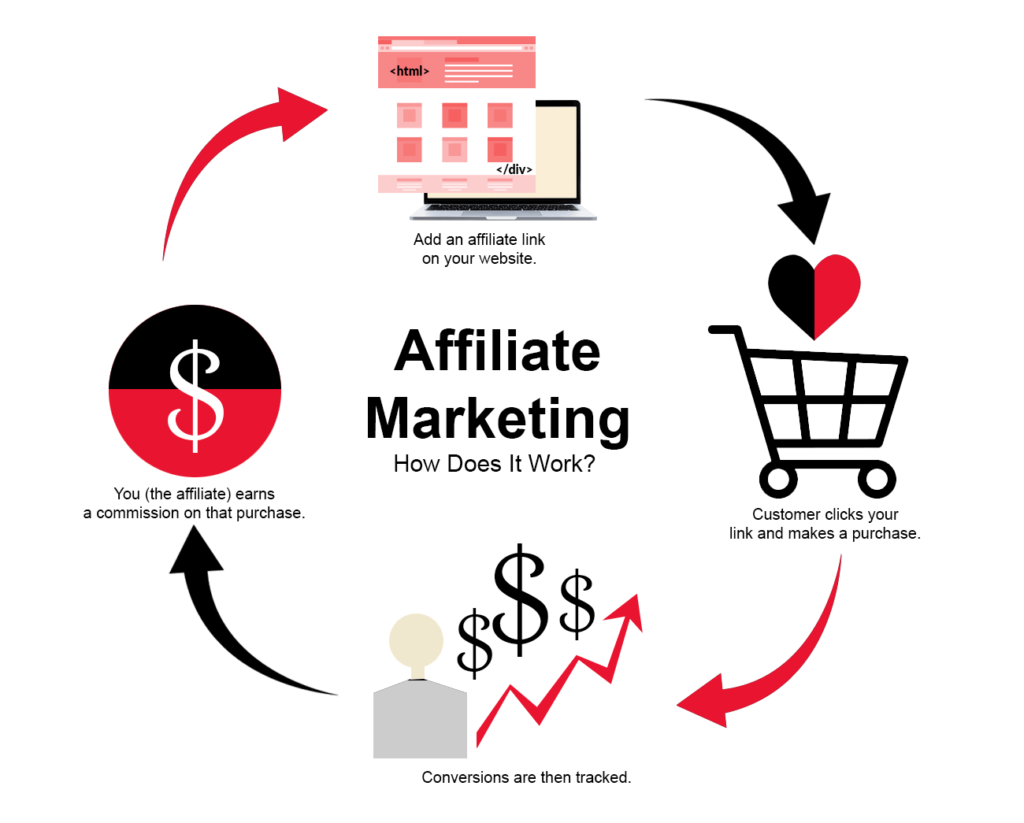
Use Social Media Marketing to Amplify Your Content
Social Media Marketing (SMM) is the process of leveraging social media platforms such as Twitter, YouTube, LinkedIn, Instagram, etc. for promoting brands, businesses, and events. SMM helps companies build relationships with customers and prospects online.
The term “social media” refers to all types of digital technologies used to connect people and organizations over the internet. These include social networking sites, microblogging platforms, mobile apps, video sharing sites, wikis, blogs, forums, and many others.
In the early days of social media, marketers used social media platforms to market brands. They posted messages about brand awareness, product announcements, and customer support. As social media became more mainstream, companies began using it as part of a broader marketing strategy. Today, many large organizations use social media platforms such as Twitter, YouTube, LinkedIn, and Facebook to reach out to current and prospective clients.
Social media marketing strategies vary based on the objectives you want to accomplish. For example, some companies focus primarily on building brand awareness while others concentrate on increasing sales.
There are many ways to approach social media marketing, including:
- Creating great content
- Using influencers
- Running contests
- Engaging with customers
- Promoting your product/service
- Generating leads
- Increasing traffic
- Building relationships
- And much more…
Despite skepticism from some people, social media is not just a way to “waste time” on the Internet when you don’t have anything else to do during your work day. It’s a fantastic platform for engaging with other influencers, expanding the awareness of your brand, and spreading the word about your company website. Using these resources properly, it’s possible to increase your ROI (return on investment) tenfold.
Revisit Your Landing Pages and Optimize Them for Audience Retention
This is a bit different than before. Instead of optimizing them for ranking, we’re going to re-optimize landing pages for audience retention.
If you’ve already created a landing page for your digital marketing campaigns, are you sure prospects are going to return?
All marketing experts reiterate how landing pages are the nucleus of successful in-bound marketing. However, many marketers don’t realize that visitors who land on their site aren’t necessarily interested in buying now. In fact, some people even go away without making a purchase.
The problem is your landing page might not be very appealing at the moment. You could be missing out on potential customers because it doesn’t offer enough value. So, what do you do?
1. Make Sure Your Landing Page Is Mobile Friendly
Most consumers use mobile devices for online shopping. They want to find information quickly and easily. When they arrive at your site, they’re looking for something specific. A good landing page will help them find exactly what they’re looking to buy.
2. Include Calls To Action
When someone lands on your landing page, there should be clear calls to action. This means you need to provide links or buttons that let users know what to do next.
3. Add Value
Your landing page needs to add value to your business. If you can’t answer questions like “Why should I choose you?” or “What makes you better than your competitors?” then you’ll struggle to convert visitors into buyers.
4. Keep It Simple
Don’t make your landing page too complicated. People won’t stick around if they feel overwhelmed by all the options. Focus on one goal per page.
5. Use Visuals
People love visuals. They also tend to remember things better when presented visually. Images and videos are powerful tools for getting attention.
6. Be Consistent
People expect consistency. If you change your design every few months, you’ll lose credibility. Stick to a single look and feel throughout your entire campaign.
7. Test Different Designs
You may think you have an idea for a winning landing page layout. But, until you test it, you really don’t know.
8. Create Multiple Variations
You can create multiple variations of your landing page. For example, you could create a version for desktop browsers, another for tablets, and yet another for smartphones.
9. Track Conversions
It’s important to track conversions so you can see which versions of your landing page perform best. You can use Google Analytics to measure this data.
10. Measure Success
Once you start tracking conversions, you’ll get a better sense of whether your landing page is working as intended.
11. Improve Over Time
As you gain experience with your landing pages, you’ll learn more about what works and what doesn’t.
12. Don’t Forget About Email
Email is still one of the most effective ways to communicate with prospects. You can send emails directly from your website using services such as MailChimp.
By revisiting your landing pages on a regular basis, you avoid the situation where they might become stale. And, you can improve your SEO metrics in the process.
Digital Marketing Tactics Can Help Improve Your SEO Results
By concentrating on a few digital marketing tactics, you can use them to help improve your SEO results.
If you spread your efforts too thin without the right amount of effort needed to see such results, you might dilute your efforts too much.
This is why having a few digital marketing tactics in your arsenal is always a good idea. Once you have them and if there are some that you don’t really want to do on your own, you can farm the work out to somebody else.
When do you plan on implementing these digital marketing tactics in your next SEO campaign?








